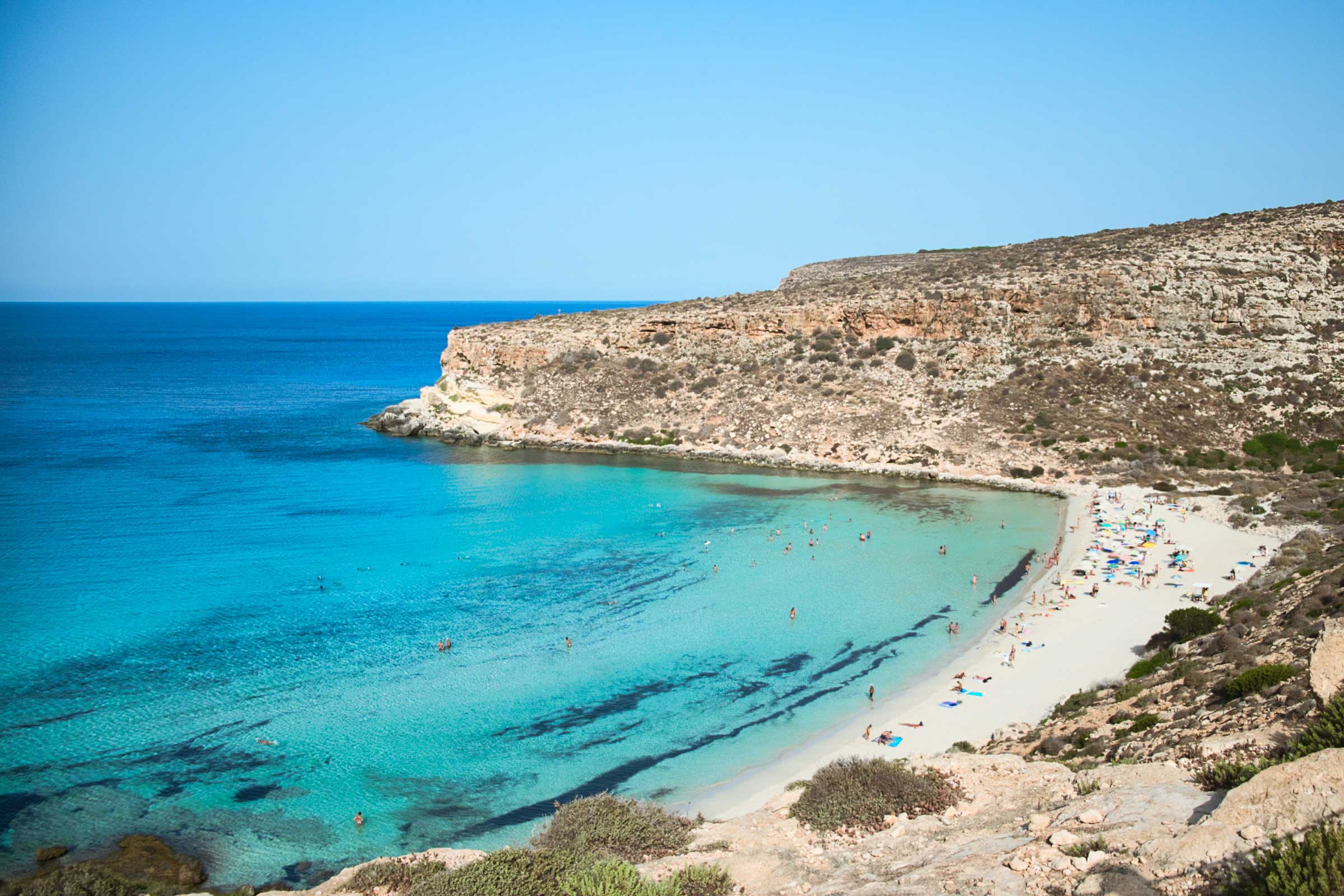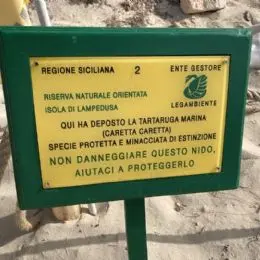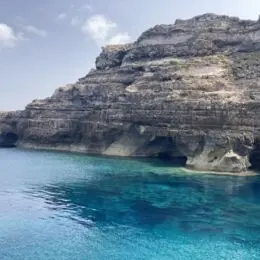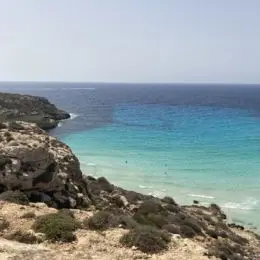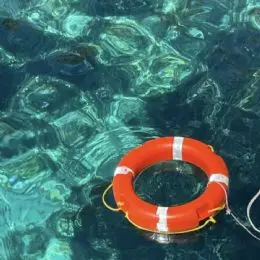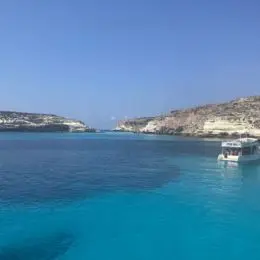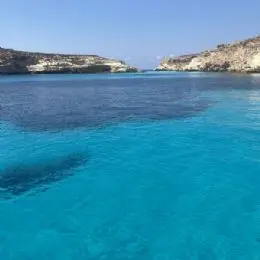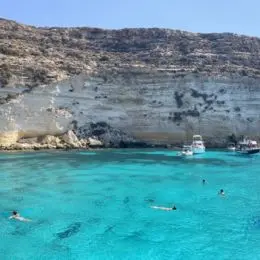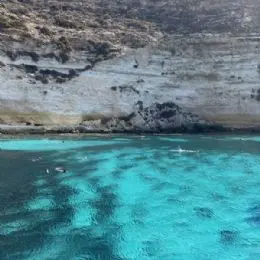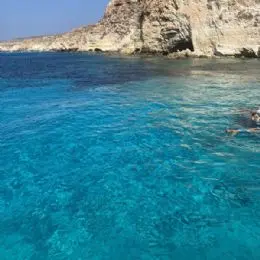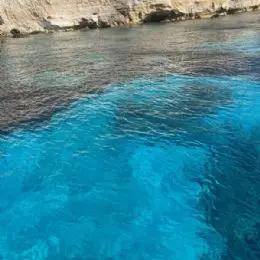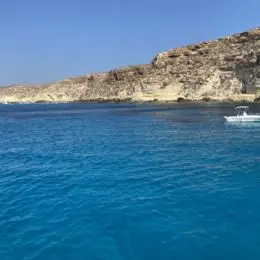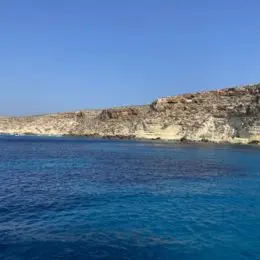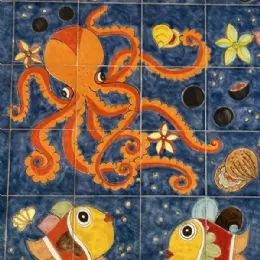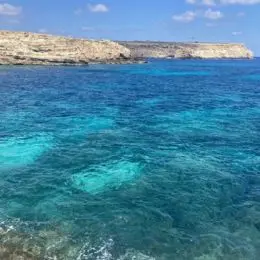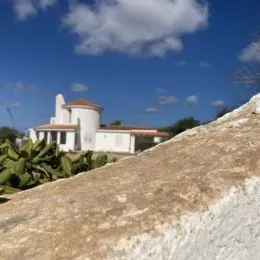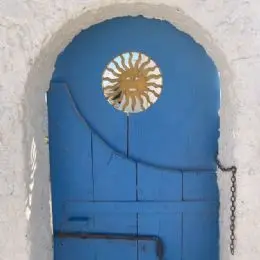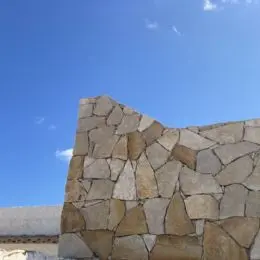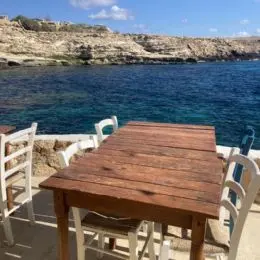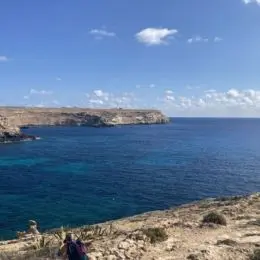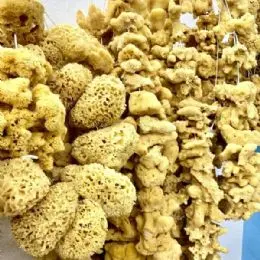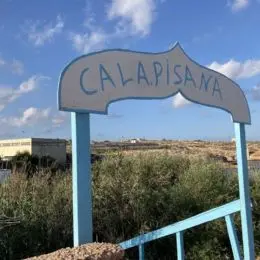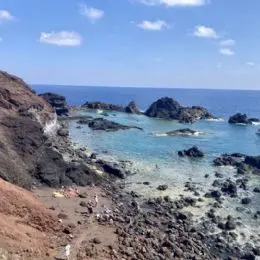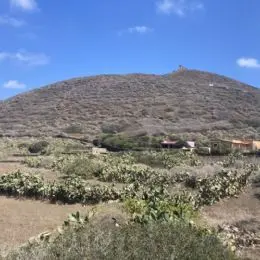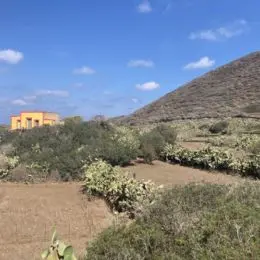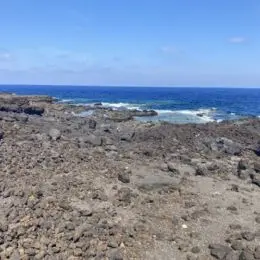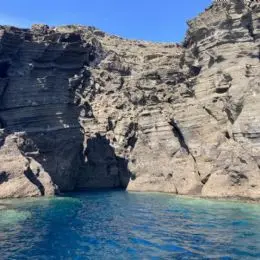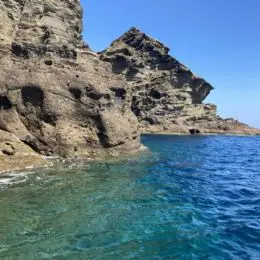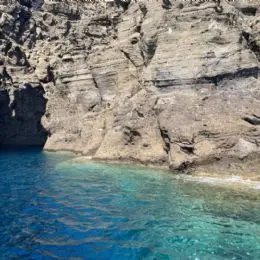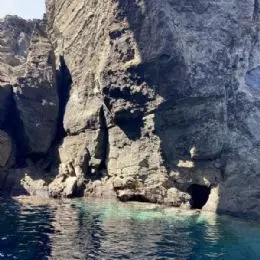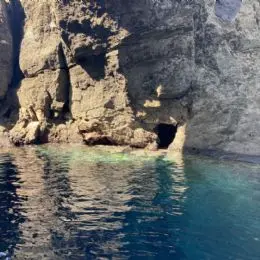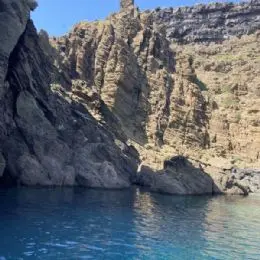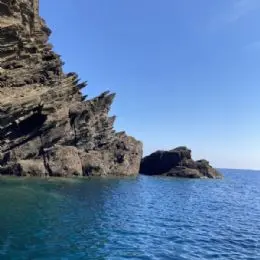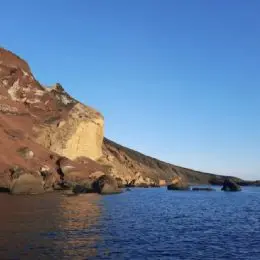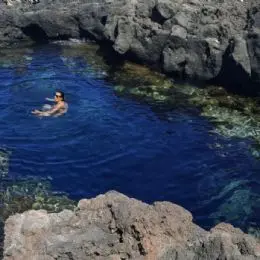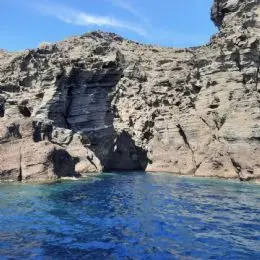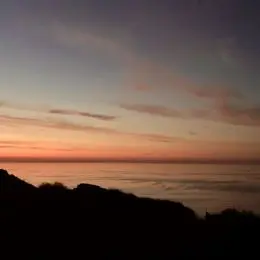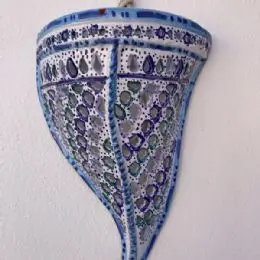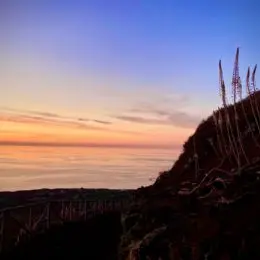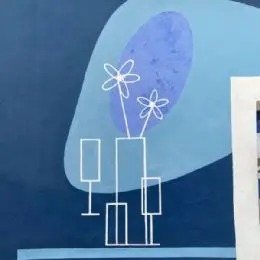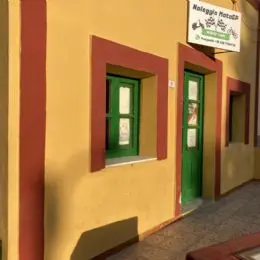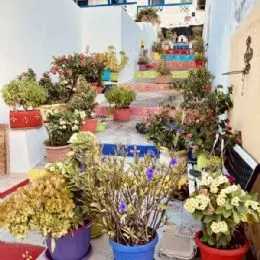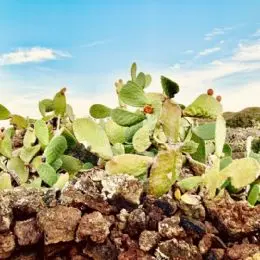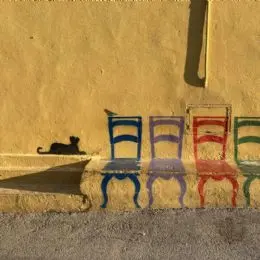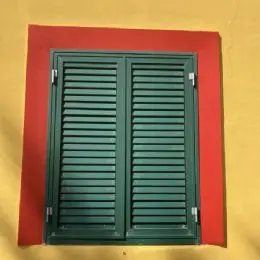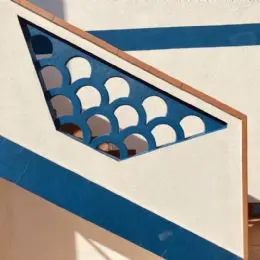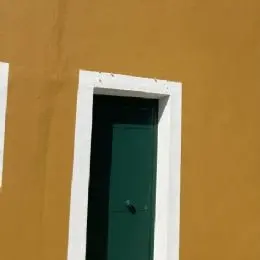The natural reserves in the province of Agrigento
Lampedusa
The Conigli beach in Lampedusa is perhaps the most famous place for naturalist tourists: an uncontaminated environment punctuated by the beach of fine white sand.
The island was once covered with woods and was declared a nature reserve in 1996 and entrusted to Legambiente. We are in the presence of an area with a high tourist frequency. The protected area extends from Cala Greca to Vallone dell'Acqua and includes the valleys of Cala Galera, Forbice and Profondo . These are areas of Mediterranean scrub that the Forestry Corps of the Sicily Region intended to recover.
Belonging to the Pelagie archipelago , its 300 hectares still offer shelter to some large birds of prey, such as peregrine falcons and queen's falcons , the shag is also an exclusive species of Lampedusa. On its dune sands, today the Caretta Caretta turtle finds shelter, which has chosen Lampedusa as the ideal site for laying.
Isola di Lampedusa
Linosa and Lampione
Linosa, closer to the African coasts than to Sicily, is the second island of the Pelagie , extending for just 6 square km. The Pelagie Islands Linosa and Lampione Nature Reserve was established in 2000, falls within the municipality of Lampedusa and Linosa is managed by the Azienda delle Foreste Stateiali.
It constitutes a very particular environment, in which over 200 plant species grow, mosses and lichens, mixed with rock vegetation, make up the usual landscape. The legend tells Ulysses that they are Diomedes' companions, turned into birds after a shipwreck. On summer afternoons, crossing the waters covered by flocks of birds by boat has a certain effect.
On the uninhabited rock of Lampione, the queen's falcon still nests, while the white shark and other species of pelagic sharks reproduce underwater, its lava bottoms hide caves rich in valuable ichthyofauna and colorful algae. Queen groupers swim undisturbed in the meadows of gorgonians, damsels and scorpion fish, moray eels and crustaceans are the real protagonists. On the surface, vast farmlands and houses with polychrome facades denote the landscape. A wildlife recovery center has been operating on the island for some time, the Hidrosfera, which takes care of Caretta Caretta turtles , every two years it is possible to witness the hatching of the eggs.
Isola di Linosa
Mouth of the River Platani
The " Natural Reserve of the Platani River ", straddling the municipalities of Ribera and Cattolica Eraclea (Agrigento), dominated by the splendid Capo Bianco line, managed by the Forestry Company, consists of 200 hectares of Mediterranean scrub, a natural habitat for many plant species, the presence of the retama, a broom with white flowers common in Africa, is of particular importance.
The mouth of the river, with its humid environments and its dunes where the sea lily grows luxuriantly, is the ideal habitat for various species of migratory birds: the gray heron, the black-winged stilt, the avocet, the refectory, the marsh harrier and peregrine harrier.
A short distance away, the ruins of the ancient Eraclea Minoa , a Greek colony probably dating back to the Mycenaean period (6th century), deserve a visit, of which the imposing theater that overlooks the green, white and blue coast of Agrigento remains.
Mount Cammarata
A walk along the slopes of the mountain will reveal a dense vegetation of oaks and carob trees and an undergrowth with specimens of chamomile and irises, dandelions, sage and orchids, where owls and woodpeckers find shelter.
The Forestry Company has set up some areas here. Savochello-Monte Cammarata, a pine forest with an area equipped for children , and that of Buonanotte, in a forest of pines, ash trees, downy oaks, cypresses and ash trees, equipped with a "riding center" for thoroughbred horses .
The Mount Cammarata reserve, 1580 meters high, straddling the provinces of Agrigento and Palermo, was established to safeguard the numerous plant species and the summit hawks.
Monte San Calogero
The area of the mountain, from the top of which you can enjoy a wonderful view of the Agrigento coast , also has a naturalistic importance linked to the flora and fauna. The limestone mountain is colonized by basically rocky vegetation, while a pine forest has settled on the top near the Sanctuary .
In the territory of the Municipality of Sciacca, city of thermal baths, on Mount San Calogero , or Mount Kronio, the reserve looks like a natural underground system of caves: Stufe di S. Calogero, Grotta di Lebbroso, Grotta di Mastro, Grotta Cucchiara and cave Rooster.
The complicated system of communicating caves, which mythology does not hesitate to lead back to Daedalus, is affected by particular thermal phenomena attributable to a secondary volcanism with vapors saturated with sulphurous salts, at a temperature of around 40 degrees.
Sosio Valley
The sweet Sosio valley, suspended between the provinces of Agrigento and Palermo, constitutes an ecosystem rich in natural aquifers , where an ideal habitat for some rare large birds of prey has been created - and now protected, since 1997 with an oriented nature reserve - Bonelli's eagle, the kestrel, the red kite.
In the typical oak and maple wood , rabbits and small mammals find shelter, the geological and geopaleontological aspects are remarkable, with the presence of compact limestone rocks, for this reason examples of fossil fauna and flora are easily found during the excursion. Sosio hosts holm oaks, downy oaks and coniferous woods, it is one of the last stations of the wild cat. Also reported the presence of the marten, and among the reptiles, the viper, which is why during the excursion it will be good to be cautious.
Salsa Tower
A short distance from the archaeological area of Eraclea, with its semiteatro overlooking the sea, in 1996 the Region decreed the protection and protection of this area for its exceptional set of values.
The " Torre Salsa Oriented Nature Reserve " extends along a stretch of coast for 750 hectares, splendid and uncontaminated, and overlooks the blue of the Mediterranean sea through white dunes and beaches of very fine sand.
Six kilometers of wild nature are a succession of different but fascinating habitats: dunes, cliffs, wetlands, Mediterranean scrub, traditional crops and, on the sea, the Poseidonia Oceanica prairie.
The list of fauna that it is possible to meet is varied: porcupines, ravens, birds of prey; on the beach waders, waders and a flock of seagulls. The peregrine falcon, the kestrel and the kite still live here. The golden sands, as in Lampedusa, naturally invite the turtles of the caretta caretta species to lay their eggs. The purpose of the reserve's institutional decree, entrusted to the WWF, the managing body, is to protect the coast and the areas behind it, which together constitute a littoral ecosystem of exceptional landscape unity.
The land, in the reserve area, has an interesting stratification of gypsum in crystalline form. The name of the reserve derives from the Tower which stood on the top of a small clay promontory overlooking the sea and the beach below. The Tower, commissioned by Camillo Camilliani in the sixteenth century within the defensive circuit of the Sicilian coast, corresponded to the west with the Torre di Capo Bianco and to the east with Torre Felice, remaining in sight with the Torre di Monterosso.
Monte Genuardo
Between Giuliana, Sambuca and Contesse, in the wine districts, along the gentle slopes of the Sicani, this oriented nature reserve, founded in 1997, offers numerous attractions for the visitor. THE
There are several examples of rowan trees, peonies, field maples, vultures that from the most inaccessible rocks do not hesitate to sneak between oaks and conifers in search of rodents and larger animals.
There is also a visitor center equipped with paths dedicated to education.
In the Monte Genuardo and Santa Maria del Bosco Nature Reserve , anthropic activities are regulated, including agro-forestry-pastoral activities.
Maccalube
Known for its sedimentary volcanoes, the Integrated Reserve was created in 1995 to protect a geological phenomenon and to protect the great variety of fauna that finds right shelter here. These are clayey soils furrowed by valleys, periodically crossed by waters deriving from concentrated seasonal rainfall.
From the Vulcanelli hill emerge a series of mud volcanoes , around one meter high, from which methane escapes. Sometimes the roars herald the expulsion of clayey material mixed with gas and water thrown at a considerable height, and due to the pressure exerted by masses of gases accumulated over time, below its surface.
Sant'Angelo Muxaro
On the left bank of the Platani, a series of Mycenaean and Bronze Age caves are offered to the visitor's eyes. At the foot of the hill of Sant'Angelo Muxaro , 400 meters high, where the homonymous town stands, with a typical karst landscape, there is the prince's cave, a church in the Byzantine era, in which Sant'Angelo is said to have also lived. during his retirement period.
The cave is of considerable interest for the study of current and past water circulation. The underground cavity called grotta ciavuli (= crows) is divided into two branches, one can be reached by descending 10 meters marked by waterfalls. The second is fossil and constitutes the best known part of the protected site. In the areas close to the reserve, along the course of this valley, there are also other karst cavities, which make up the complex called " Grotte dell'Acqua ".
It is possible to integrate the visit with itineraries that reach the protohistoric necropolis of Colle di Sant'Angelo, the necropolis of the Grotticelle, the Complex of the Water Caves in the Vallone del Ponte and Monte Castello, where the ruins of the Saracen fortress called Mushar are visible. and various other testimonies of human life ranging from prehistoric times to the end of the 1400s.
